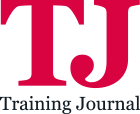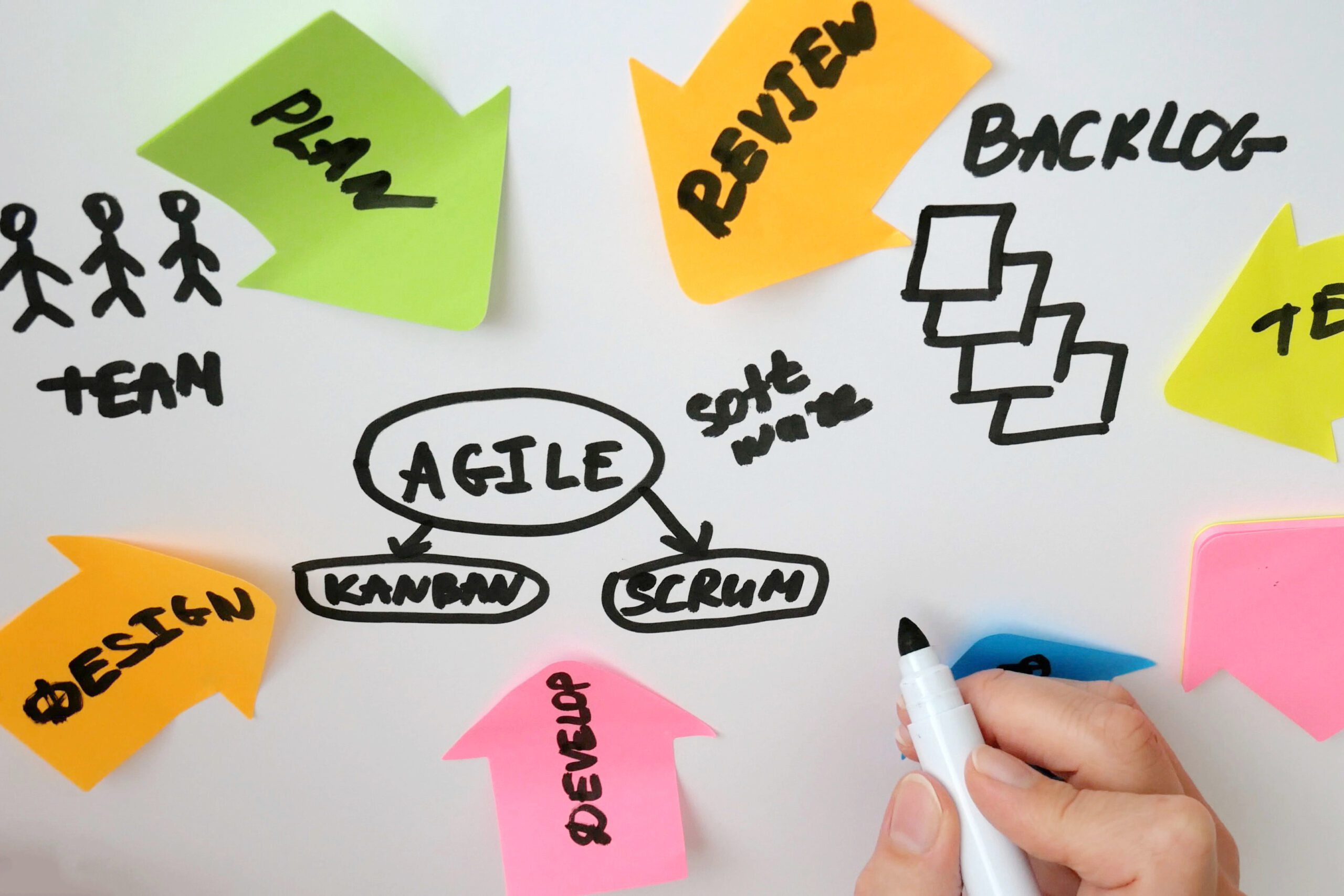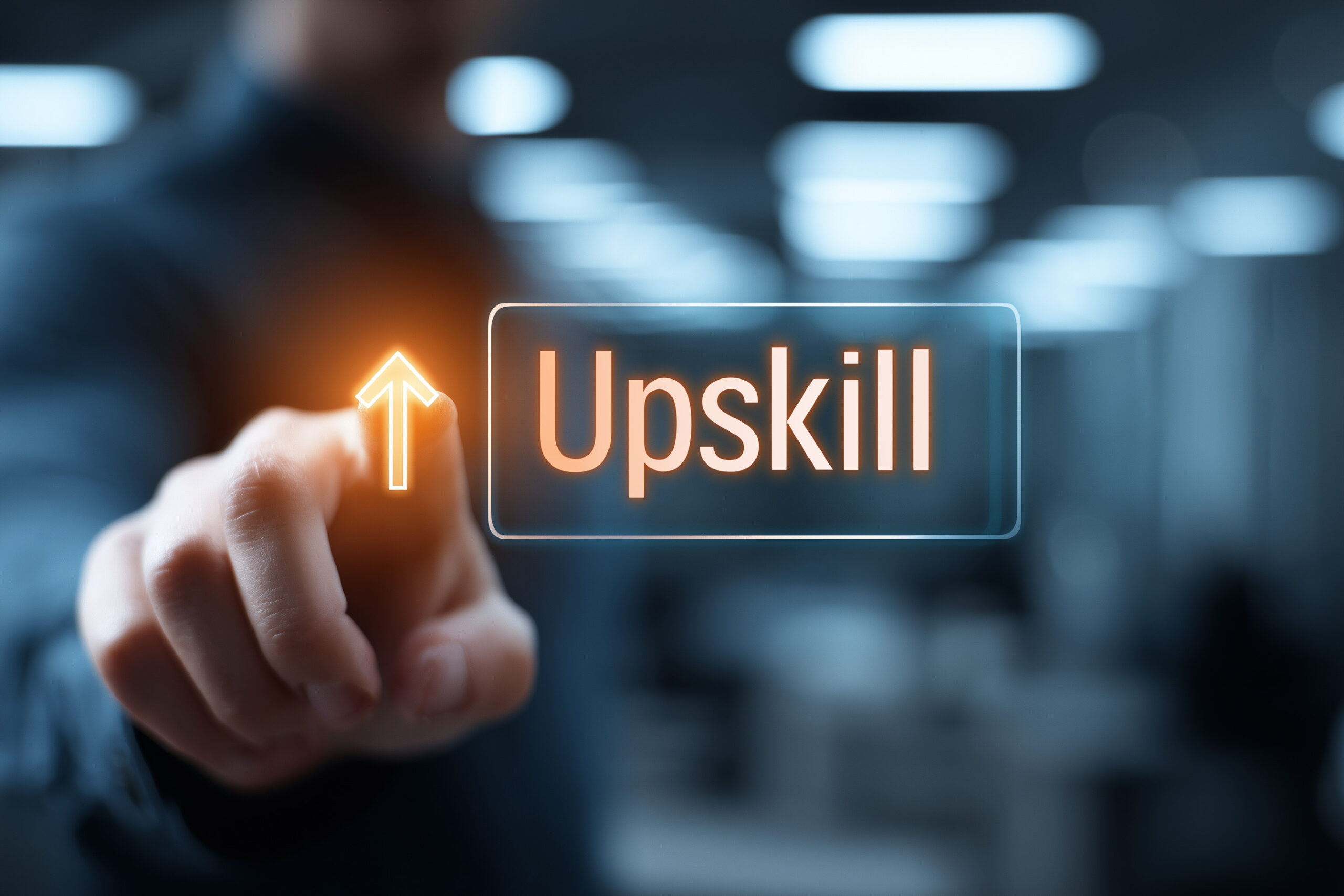Tristan Boutros argues that agility is no longer a niche methodology, but a core skillset for everyone. With AI reshaping work at speed, L&D leaders must embed iterative practices, real-time feedback, and shared ownership into learning strategies, ensuring teams can adapt, grow, and succeed in an era of constant disruption.
L&D and HR can no longer rely on static training programs or traditional upskilling models. With AI accelerating the pace of change and disrupting how we work and learn, L&D leaders must quickly adapt, learn, fail fast and lead through change. That’s where agility comes in.
Here are some of the behaviors you can expect from an agile professional:
- Thinks iteratively
- Embraces feedback
- Solves problems collaboratively and quickly
- Communicates transparently and with intention
- Adapts to changing priorities without losing momentum
- Learns continuously, and encourages others to do the same
More than niche competencies for technical teams, these are must-haves for every employee in modern workplaces. That’s why we must view agility not just as a methodology, but as an action-based skillset valuable for every professional, regardless of role or level. If your L&D strategy isn’t rooted in agility, you’re already behind.
How to build agility into the core pillars of your learning and development strategy
These five approaches can help you re-orient your approach to one that follows the principles of agile methodology, and embraces all of it’s positive outcomes.
1) Make needs assessments continuous and collaborative
In traditional L&D models, identifying skill gaps is often a once-a-year exercise, driven by top-down surveys or manager reviews. The pace of change today renders annual snapshots quickly outdated.
Agile learning teams treat needs assessments as an always-on activity, fueled by real-time feedback and input directly from the teams doing the work. This ensures learning stays aligned with what people actually need, when they need it.
Try this: Use monthly retrospectives or stakeholder check-ins to identify shifting skill gaps. Empower teams to raise learning needs through backlog sessions* or collaborative planning tools like Miro or Trello.
*Backlog sessions is how agile teams review and refine project to-do lists, by going through existing lists to spot potential time-savers or missed deadlines.
2) Prioritise iteration over perfection
Traditional content development often spans months, requiring full programs to be scoped, scripted, and launched before learner feedback is received. By the time it’s rolled out, needs may have shifted.
Agile learning flips this model. Rather than striving for perfection up front, L&D teams can deliver in short bursts, gather input early, and adjust continuously.
Try this: Roll out the first module of a leadership program to one pilot team. Gather quick feedback, iterate, then build out the next module. Use working sessions instead of polished presentations to stay flexible and learner-driven.
3) Build feedback into the learning process
Feedback is critical to learning, but in many L&D programs, it’s a nice-to-have. Collected once, post-launch, and rarely acted upon. That’s a missed opportunity.
Agile learning makes feedback a living part of the process and is used to adjust in real time and make each experience better than the last.
Try this: For a course, leverage pulse surveys or quick polls during the learning journey to surface insights. Implement changes rapidly before continuing the program, modeling a true agile and growth mindset rooted in action.
4) Lead with the agility mindset
Leadership development is often treated as a fixed path, focused on static competencies or predefined milestones. But today’s leaders need more than content; they need experience adapting in real time.
An agile mindset emphasises responsiveness, empowerment, and reflection. Applied to leadership development, it fosters growth that’s practical, not just theoretical.
Try this: Create an “Agile Leadership Lab” where high-potentials run real-world experiments, reflect in retrospectives, and adapt their approaches over 6-week cycles. Measure progress in behaviours, not just attendance.
5) Empower everyone to own their learning journey
In many organisations, learning is something done for employees. L&D teams own the content, the platforms, and the plans while learners passively receive what’s prescribed.
Agile learning cultures look at this differently. Everyone contributes. Everyone owns their growth. Learning becomes a shared responsibility and a collective practice.
Try this: Create a team “learning backlog” where any employee can add learning ideas. Let teams vote on what gets built next. Encourage peer-to-peer sharing (e.g., “Lightning Learnings” in sprint reviews).
Disruption is the new normal and agility is essential
We’re in the midst of a workplace revolution fueled by advances in AI. The pressure to keep up is immense. Skills are becoming outdated faster. Roles are evolving in real time. Traditional learning models simply can’t keep pace. That’s why agility is a necessity.
Agile practices empower L&D teams to respond to constant disruption with speed and intention. By working iteratively, staying close to emerging needs, and embracing continuous feedback, agile teams ensure learning remains human-centred, adaptive, and high-impact. In a world where change is the only constant, agility is how we future-proof our people — and our organisations.
Tristan Boutros is CEO of Scrum Alliance




